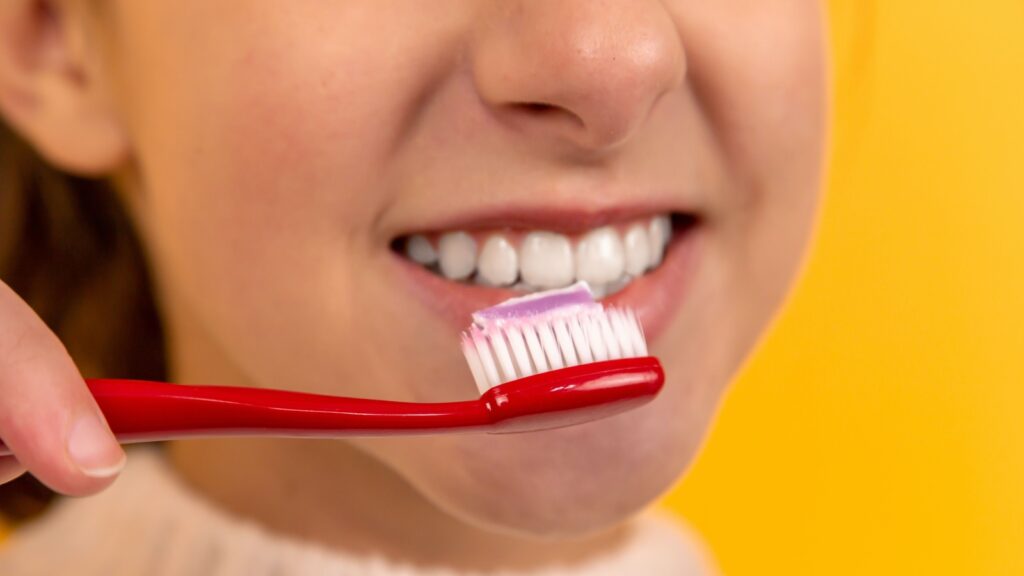TLDR;
Even if you brush your teeth daily, they can still appear yellow due to enamel thinning, genetic factors, lifestyle habits like coffee or tobacco use, or internal stains that brushing can’t remove. Brushing helps with surface stains, but not all discoloration is due to poor hygiene or lack of effort.
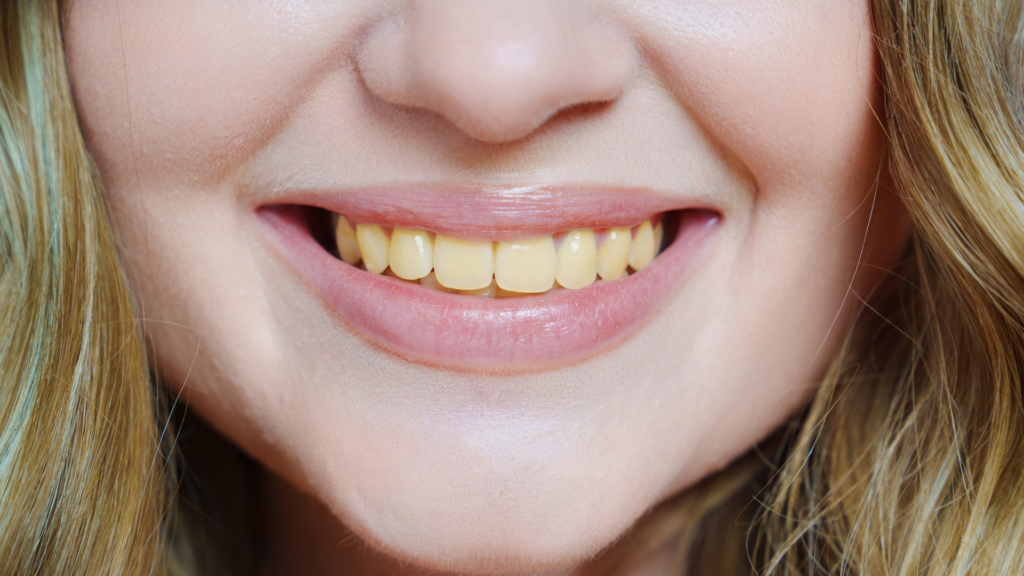
Brushing is essential, but it isn’t a silver bullet for tooth color. Many people feel frustrated when their teeth look yellow despite sticking to their oral hygiene routine. Buford Dentist sees this concern regularly — and the answer lies beneath the surface.
Let’s break down why this happens and what you can do about it.
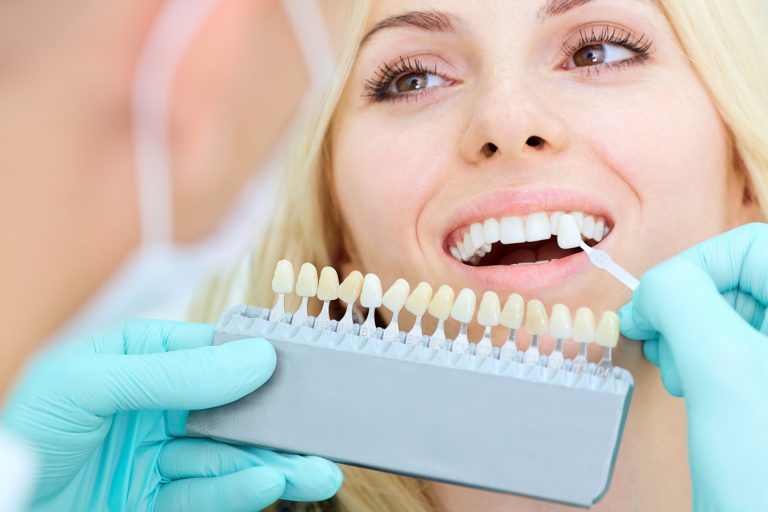
Tooth color isn’t simply about cleanliness. It’s a mix of biology and lifestyle.
The color you see is often the dentin showing through thinning enamel, not just surface staining.

Brushing can remove extrinsic stains. Intrinsic ones, like those from medications or trauma, require professional care.

Even if you brush daily, these factors may be working against you:
Tip: Use a soft-bristle brush and gentle, circular motions for 2 full minutes.
Brushing too soon after consuming acidic food or drink can actually harm enamel.
Tip: Wait 30 minutes after acidic meals or drinks.
Tip: Use a straw when drinking, and rinse your mouth with water afterward.
Thinner enamel = more yellowing.
Tip: Avoid overbrushing and ask your dentist about protective options.
Tip: Not all discoloration is avoidable, but it can be managed.
Tip: Quitting tobacco has a dramatic effect on whitening.
These can cause gray or yellowish internal stains.
Tip: Consult your dentist for options like veneers or whitening treatments.
Tip: Regular professional cleanings are essential.
Tip: A night guard can prevent enamel wear.
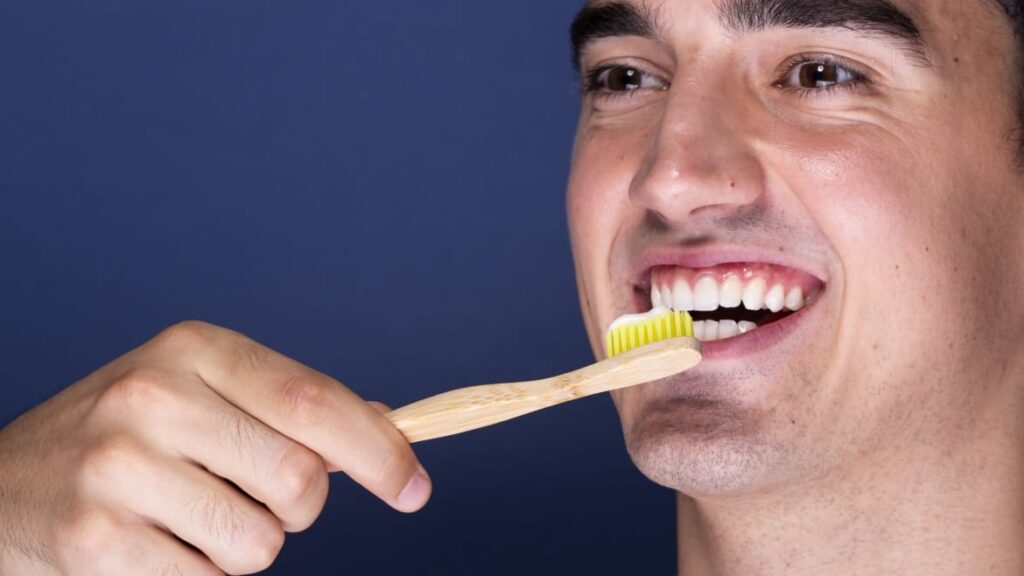
There are safe and effective methods to tackle tooth discoloration yourself:
Tip: Clean every surface, not just the fronts of teeth.
Note: Always consult your dentist before starting DIY whitening.
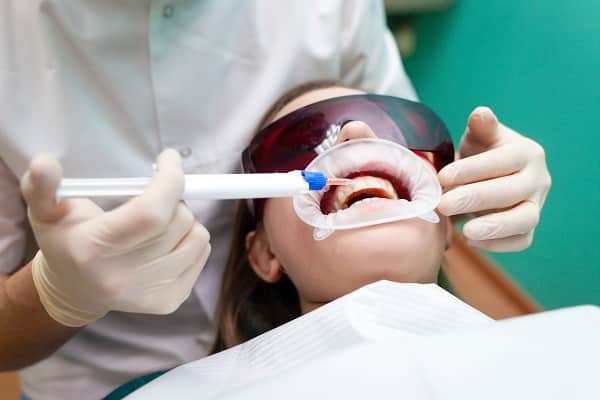
Sometimes, over-the-counter products just aren’t effective. Here’s what Buford Dentist recommends:
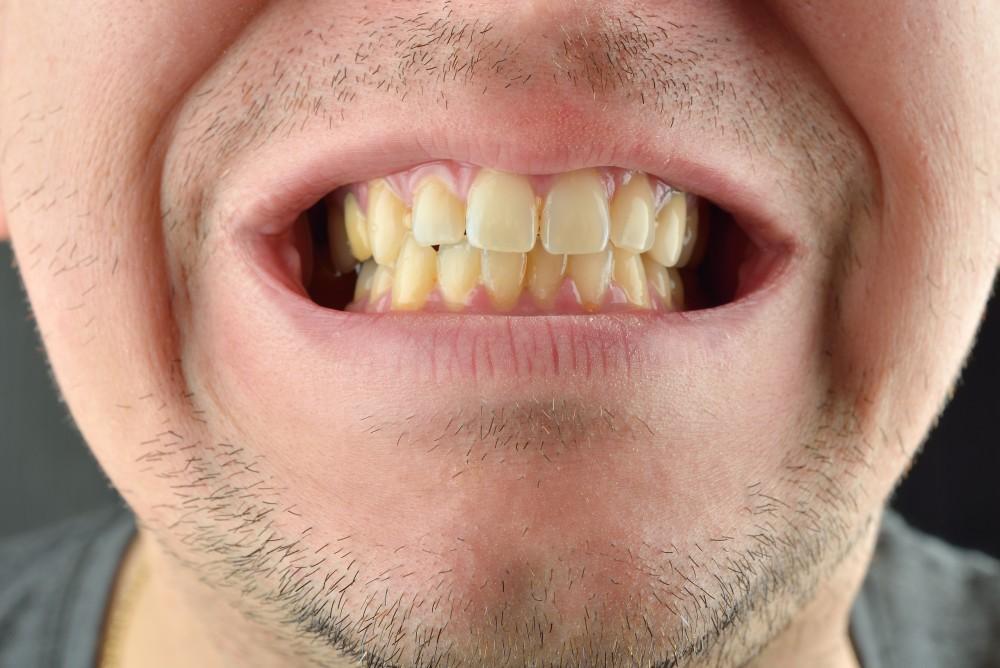
There’s a cultural expectation of blinding-white teeth, but that’s not always realistic.
Discoloration isn’t always a reflection of oral hygiene. It’s often about biology.
Tip: Focus on healthy gums and strong enamel, not just color.
If you’ve tried everything and still see yellowing:
Buford Dentist provides customized care plans to help patients achieve brighter smiles. Routine exams can help identify what’s really causing the discoloration.
Action Plan:
